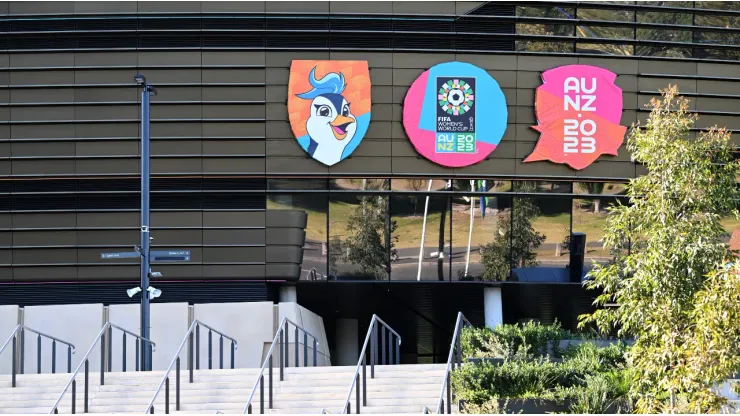
On the eve of the Women’s 2023 World Cup, the popularity and commercial potential of women’s soccer continues rising. However, FIFA has struggled to fully capitalize on broadcast rights amid high expectations. Despite expanding the tournament field and record viewership in 2019, FIFA fell short of its lofty $300 million target for rights fees by around $100 million, according to reports.
Revenue shortfall and lost opportunity
FIFA looked to generate $150 million in additional broadcast revenue by selling rights separately, rather than bundling them with men’s tournaments. However, broadcasters accustomed to minimal fees for women’s rights balked at the increased asking price. Though deals were eventually struck, FIFA secured just $50 million more than the estimated $150 million value of women’s rights within bundled contracts.
With women’s soccer gaining immense popularity, FIFA understandably wanted to monetize the World Cup accordingly. But, broadcasters found it difficult to justify the significant fee hikes for a product historically treated as an afterthought. A more prudent approach may have set the stage for larger gains in future tournaments, using extensive public broadcasting now to expand its audience and make bigger demands down the road.
FIFA’s risky brinkmanship in threatening blackouts wasted precious promotional time broadcasters could have used to build excitement. And while the disaster was averted, the smaller-than-expected revenue gain highlights missed opportunities.
It is not all bad news
The more equitable prize money structure demonstrates FIFA’s commitment to advancing the women’s game. Guaranteeing players at least $30,000 apiece will be life-changing, considering many earn below $15,000 annually. This new distribution model directing a percentage straight to players is a milestone.
And though not yet equal, improved World Cup preparations and conditions also reflect progress in legitimizing women’s soccer. In a landmark deal, the US women’s national team will receive equal World Cup bonuses as the men. But, with most countries far behind, FIFA’s aim for equity by 2026 remains ambitious.
FIFA at a crossroads
This World Cup represents a crossroads for FIFA and women’s soccer. Record audiences and rising stars highlight the women’s game’s potential. Yet the tournament’s legitimacy depends on FIFA developing a long-term commercial strategy benefitting everyone invested in soccer’s growth.
There are encouraging signs, like the equitable treatment of players and increased prize money. But FIFA must maintain this commitment beyond a single tournament. With women’s soccer gaining immense traction, the organization cannot afford to revert to its previous haphazard approach.
This requires strategic planning to nurture the women’s game. FIFA should engage broadcasters, sponsors, and federations to map a collaborative path toward equity. Success will hinge on consistent progress, not quick fixes. Women’s soccer is poised to reach new heights. But FIFA must stay the course – resisting complacency and remaining focused on the bigger picture – to finally shatter the glass ceiling.
PHOTO: IMAGO / AAP
200+ Channels With Sports & News
- Starting price: $33/mo. for fubo Latino Package
- Watch Premier League, Liga MX & Copa Libertadores
The New Home of MLS
- Price: $14.99/mo. for MLS Season Pass
- Watch every MLS game including playoffs & Leagues Cup
Many Sports & ESPN Originals
- Price: $10.99/mo. (or get ESPN+, Hulu & Disney+ for $14.99/mo.)
- Features Bundesliga, LaLiga, NWSL, & USL
2,000+ soccer games per year
- Price: $7.99/mo
- Features Champions League, Serie A, Europa League & EFL
175 Premier League Games & PL TV
- Starting price: $7.99/mo. for Peacock Premium
- Watch 175 exclusive EPL games per season





